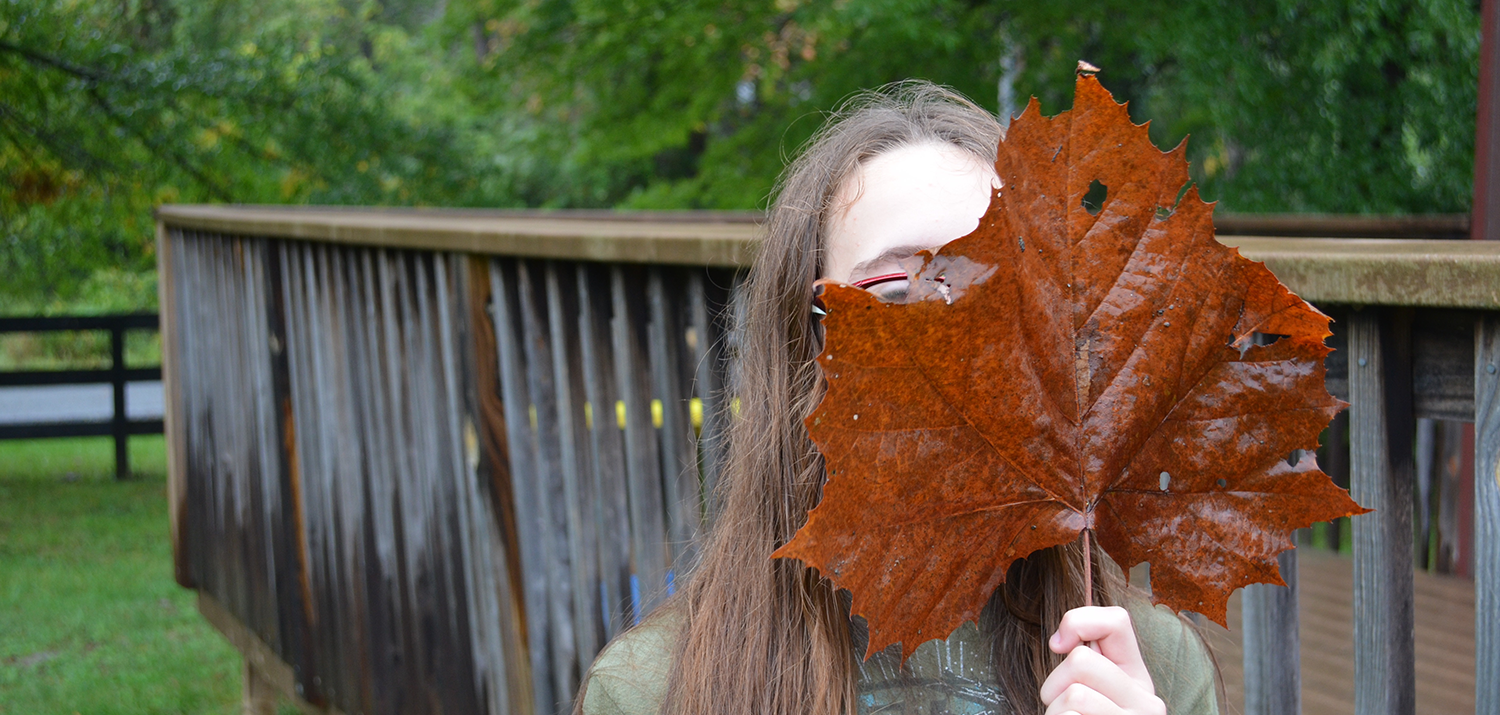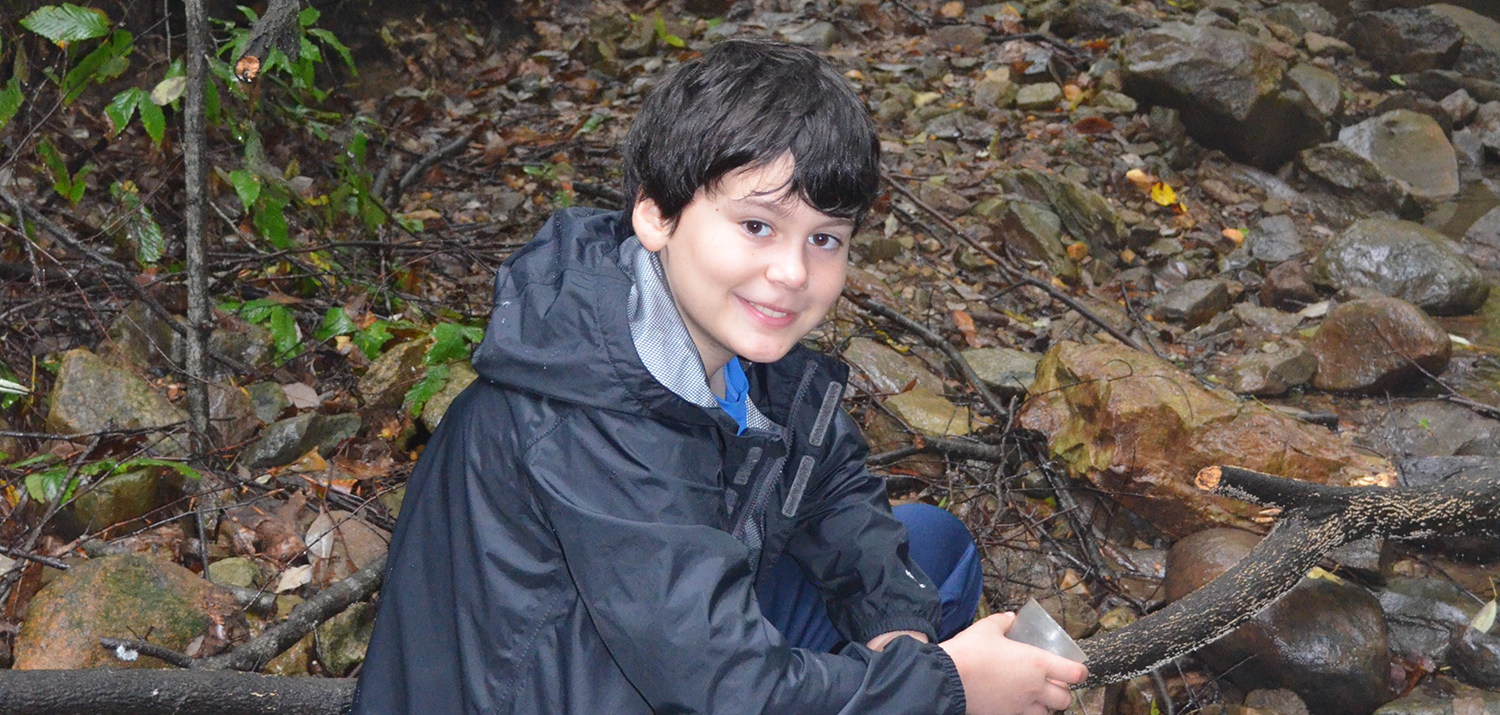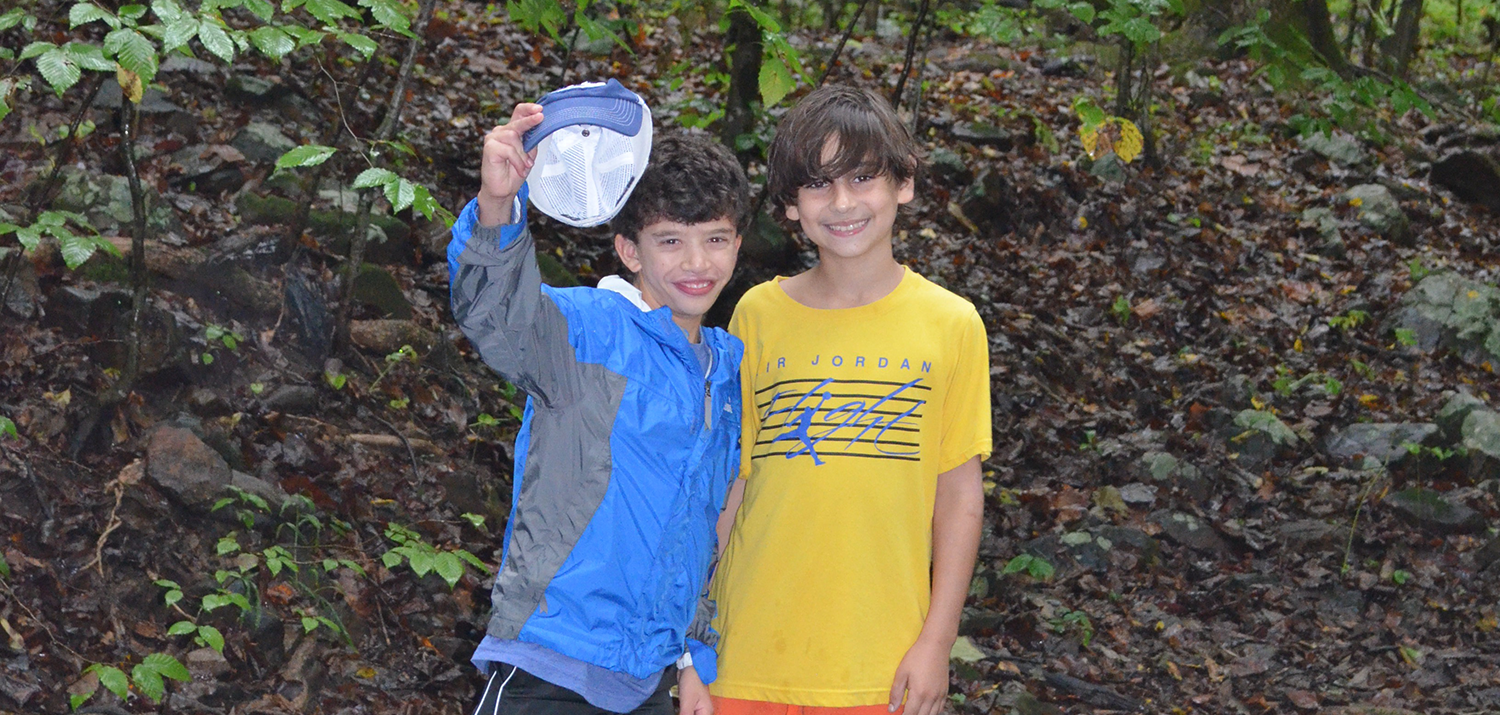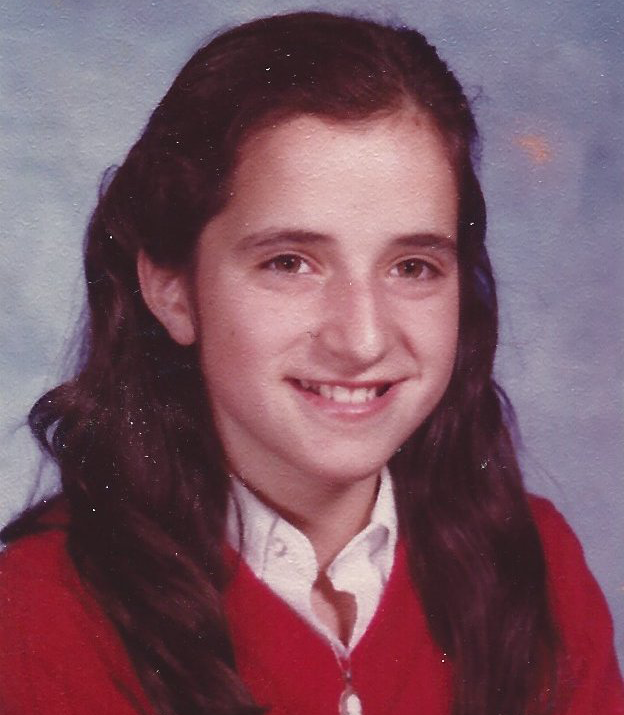Twenty-five years ago, fate led me back to middle school. This was not a location to which I relished returning, as my own middle school years were rather grim, or at best unremarkable.
But it was New York City at the turn of the 1990s, and I needed a job. When neither a career as a lawyer nor a folk singer seemed to be in the cards, I sought inspiration elsewhere. I dug down deep to tap into the last place where I felt truly impassioned and understood, and that was in my high school English classes. It was there where I discovered the universality and interconnectedness of literature and life, presented to me by teachers who wanted nothing more than for me to develop a sense of excitement and deep love of learning.
So I sought employment as a high school English teacher at an independent school. Practically nothing came up for me, until I found one job that would give me a foot in the door by allowing me to teach 10th grade public speaking. The catch was that I also had to teach and advise 7th graders, with two sections of English and two of math.
I took the job, and wouldn’t you know it—I fell in love. Who knew that 12- and 13-year-olds could be so magical? Poised between childhood and adulthood, these sprites—these changelings—possessed both deep intellectual capabilities as well as open-hearted wonder. Sure, they could be moody and dramatic at times, but they could also be outrageously joyful, without a lick of self-consciousness.
In an effort to better understand this age group, I spent a good amount of time consulting what many middle school educators consider their bible, Harry Finks’ NAIS Middle School Handbook. Finks lays out quite specifically who middle schoolers are and why they deserve to be taught differently than their elementary and high school counterparts. Finks’ realizations, even back in the early 1990’s were nothing new. He credits Joan Lipsitz, the former director of the Center for Early Adolescence at UNC Chapel Hill, who in the late 1970’s identified seven characteristics of young adolescents. These characteristics were the basis for creating the philosophy of middle school, which sought to help students who were clearly lost between the elementary school model and the high school model.
Even though this list is nearly 40-years-old, I believe it still holds true today. Here are Lipsitz’s characteristics:
- Young adolescents are a widely diverse group.
- Young adolescents are engaged in self-exploration and self-definition.
- Young adolescents are ready and eager to participate in their home, school, and community.
- Young adolescents need and want positive relationships with both peers and adults.
- Young adolescents continue to need structure and clear limits AND they also need and desire increased levels of autonomy.
- Young adolescents have a high energy level.
- Young adolescents need opportunities to achieve competence and success.
At the time of Lipsitz’s research, many of us were these young adolescents, and so I ask you to try and remember the middle schooler you were and see if this list has resonance. I know it does for me, although I might not have admitted it at the time.
Lipsitz’s list still applies to the work we try to do with our middle schoolers today. Her view remains centered on the middle school student, which is exactly where it belongs. Harry Finks once said that when a middle school addresses the developmental characteristics of its students, it experiences success: “If we respond to students in the ways that fit them best, they willingly, even excitedly, will learn almost anything the teachers include in the curriculum.
As the years have gone on, I have found myself returning to Harry Finks and his musings. About 15 years ago, he published an article entitled, “Remember the Middle Schooler” in You. Finks writes:
When we talk about middle schools today (and all schools serving early adolescents), I think it’s vital that educators not get too sidetracked by the whirr of cultural changes in the lives of students in the middle. In fact, we’d do well to start not by looking out at the culture, but by looking in at ourselves. If we want to understand why a specific middle-school philosophy and approach to education originally developed 40 years ago and why it still applies today, I think it’s important to recall how we felt and acted during that time in our lives. Inside every person over 15 years of age still lives the middle schooler. We often try to disguise this fact. Published biographies of famous people usually do not include pictures of them during this period, and the stories written about this time of life almost always include a large measure of embarrassment. Many of us try to avoid remembering how we looked and behaved during those years. Still, the middle schooler lives inside us all.
Getting in touch with this “middle schooler within” is key to both effectively parenting as well as teaching this age group. In my work with teachers and parents, I often ask them to summon up their memories of middle school, and what it was like to be them at such a vulnerable, transforming age. From here we can connect with our children’s and our students’ lives, and it is this connection—this affirmation of feelings and authentic experiences—that can make all the difference to our young adolescents and their developing sense of self.








